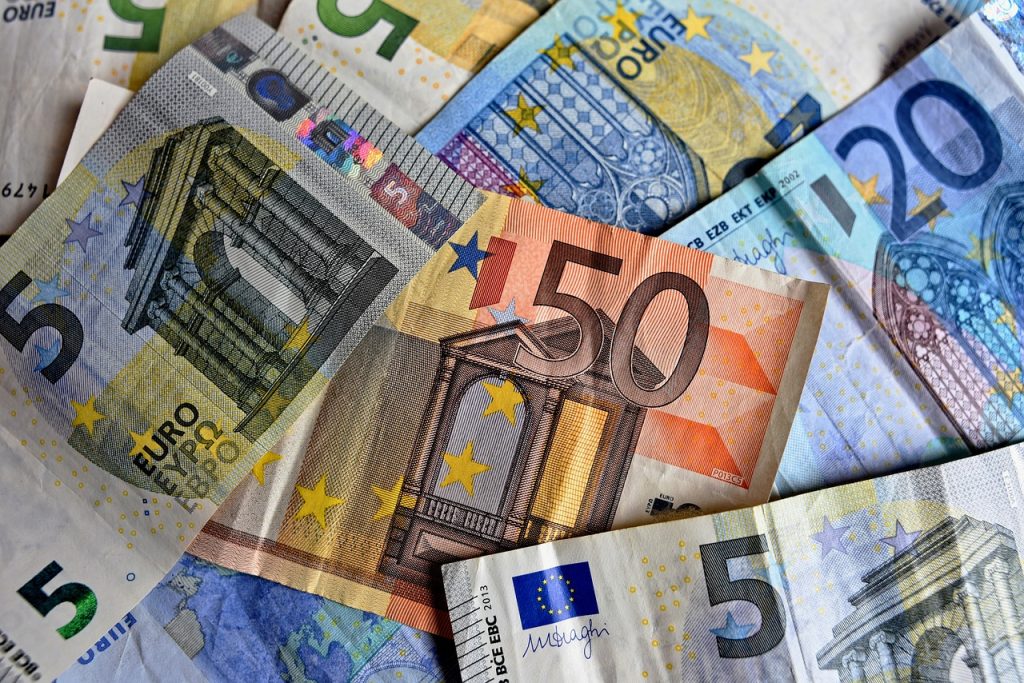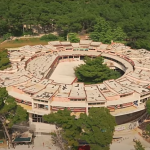ZAGREB, September 3, 2020 – Croatian National Bank (HNB) governor Boris Vujcic said on Thursday that although the coronavirus pandemic strongly affected Croatia’s economy and public finances, the introduction of the euro on 1 January 2023 was feasible.
Speaking at a conference on the Croatian monetary market in Opatija, Vujcic estimated that GDP would drop 10% this year and increase 6% next year.
“We expect the economy to recover quickly,” he said, adding that it was important to meet the remaining Maastricht criteria and carry out the reforms Croatia committed to in the application to enter European Exchange Rate Mechanism (ERM II).
Vujcic said a dynamic economic recovery and maintaining fiscal indicators within the reference framework as of next year were crucial for introducing the euro.
The National Plan for replacing the kuna with the euro is being completed so that we are prepared to introduce the euro on the first day of 2023 and this project, done in cooperation with the government, will be presented soon, while adoption and implementation are expected in the autumn, he said.
The National Plan will regulate the practical steps of introducing the euro as well as inform citizens about it, Vujcic said, recalling that polls showed that sceptical citizens mostly feared that their living standards would decline and prices increase.
It is expected that the Council of the EU will establish in July 2022 that Croatia meets all the requirements, he said, adding that Croatia committed to effect by March 2022 additional reforms to strengthen the fight against money laundering, reduce the administrative and financial burden on the economy, improve management in state companies and strengthen the national bankruptcy framework.
Croatia has been meeting all nominal convergence criteria since 2016 but the pandemic crisis will temporarily obstruct the meeting of fiscal criteria, Vujcic said.
The impact of the epidemic on this year’s economy is very strong but real GDP is expected to significantly increase in 2021 after a strong contraction this year, he said, adding that inflation and long term interest rates are very low and that such trends are expected to continue.
The governor said the central bank would continue to implement a stable exchange rate policy, keeping the kuna-euro exchange rate close to the central parity during the ERM II period.
Croatia entered ERM II on July 10 and the central parity was set as HRK 7.53450 for one euro, which was the exchange rate on that day.
Vujcic said HNB and Central European Bank analyses confirmed that the exchange rate was neither undervalued nor overvalued.
The criteria for introducing the euro are clear, no more discretionary decision making nor unwritten rules to which we were exposed before entering ERM II. The pace of the process is only up to us. We have to carry out the reforms we committed to after entering ERM II, spend at least two years in ERM II and meet the Maastricht convergence criteria, Vujcic said.
For the latest travel info, bookmark our main travel info article, which is updated daily.
Read the Croatian Travel Update in your language – now available in 24 languages
Join the Total Croatia Travel INFO Viber community.








